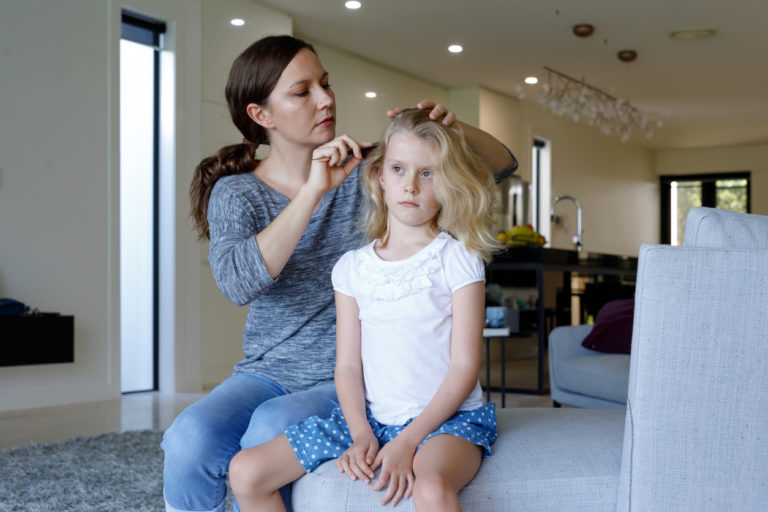How to Identify & Treat Head Lice
August 19, 2019

It’s something every parent dreads– your child comes home from school with a head full of lice instead of a head full of ideas.
While essentially harmless, having a lice infestation in the home can be a cause of serious stress.
For many, getting rid of head lice can seem intimidating, and you may want to learn about the best professional treatments out there. For other parents, running up some home remedies for head lice might be the priority.
Need help figuring out if your child has lice? Find an urgent care center near you to get a professional opinion today.
Whatever approach you want to take, learning how to spot, treat, and prevent head lice is an important part of raising kids.
Where Do Head Lice Come From?
According to research published in the Journal of Parasitology, the most common louse in the U.S. originated in either North America or Asia, and separated from its close relative, the body louse, around 100,000 years ago.
Head lice are most common in young children who participate in group settings, such as preschool or elementary school. Parents and siblings of these young children are also often affected by lice.
What Does Head Lice Look Like?
Those who are new to the icky (albeit harmless) world of lice might have a hard time spotting these pests when they appear. Many people confuse dandruff with lice sometimes and struggle to tell the difference.
In truth, the small eggs of a louse, can appear similar to dandruff and look like small white flakes.
A good way to distinguish between the two is to brush at the white flakes. If they brush out, they are likely dandruff. If they stay in place, they may well be nits. Adult and immature louse that have hatched from these nits look like a crawling bug with six legs that is about 4 mm in size.
The Symptoms of Lice
While spotting lice can sometimes be difficult, the symptoms of lice are often much more direct and obvious. Someone with a lice infestation in their hair may scratch their scalp more than usual.
In some cases, the individual may develop a red rash at the base of the neck. Anyone with lice may also have some trouble sleeping through the night, since lice are active at night and can aggravate the scalp.
How to Get Rid of Head Lice
Fortunately, there are many options out there when you want to get rid of head lice. One option is to visit a salon or clinic that specializes in lice removal. When a child has very long or thick hair, this can be an easier option.
If you want to undertake treatment at home, you will need a nit comb and a pediculicide. A pediculicide is a medicine specifically designed to kill lice, and it is available over the counter or by prescription.
A nit comb often comes packaged with lice medicine and is similar in design to a dog’s flea comb. The teeth of the comb are close enough together so that the comb can scrape nits and lice off of the hair’s shaft.
Apply the pediculicide according to its directions. Don’t worry over much if you still see some activity after half a day. It can take some time to kill all the lice. Keep combing through the hair every few days to prevent reinfestation.
Home Remedies
Those who do not want to use strong chemicals can use an essential oil combination. This approach, however, is not recommended by either the AAP or the CDC.
Mix five drops of tea tree oil for each ounce of shampoo, along with three tablespoons of olive or coconut oil. Apply to the hair and leave on for 40 minutes before shampooing.
Treating the Home
While lice die when they are not in contact with a scalp, you will still want to treat your clothing and bedsheets.
Wash all clothes and sheets on a hot cycle, then run them through a hot cycle in the dryer. If you are worried about shrinkage or have delicate items of clothing, seal them in a plastic bag for two weeks.
After the two weeks, any lice in the clothing should be dead. You can then wash the clothes as recommended or have them dry cleaned.
Experiencing head lice can be stress-inducing, but it’s a situation that can be easily fixed. In no time at all with a little diligence and the right tools, you can be on your way to a lice-free home.
